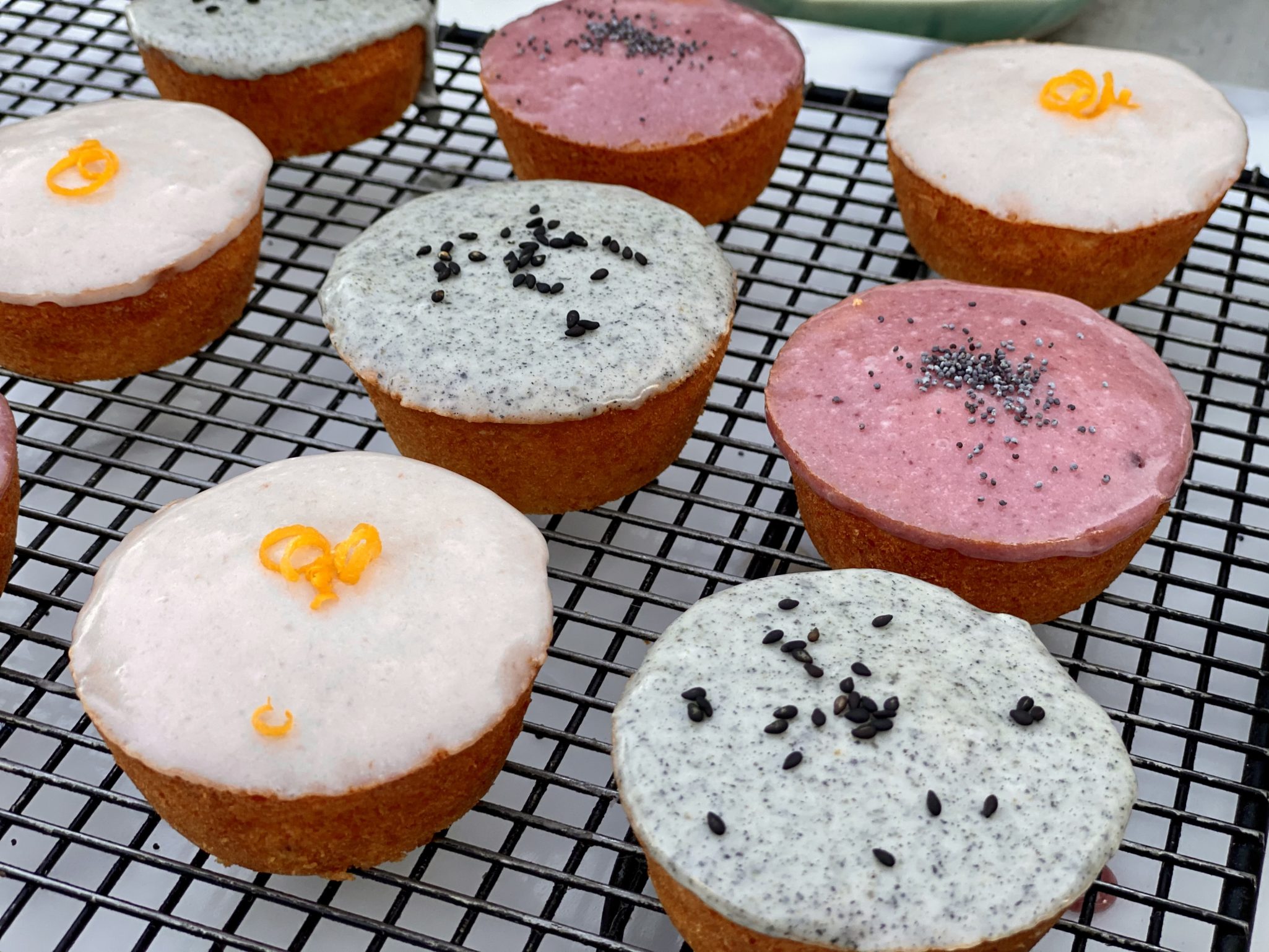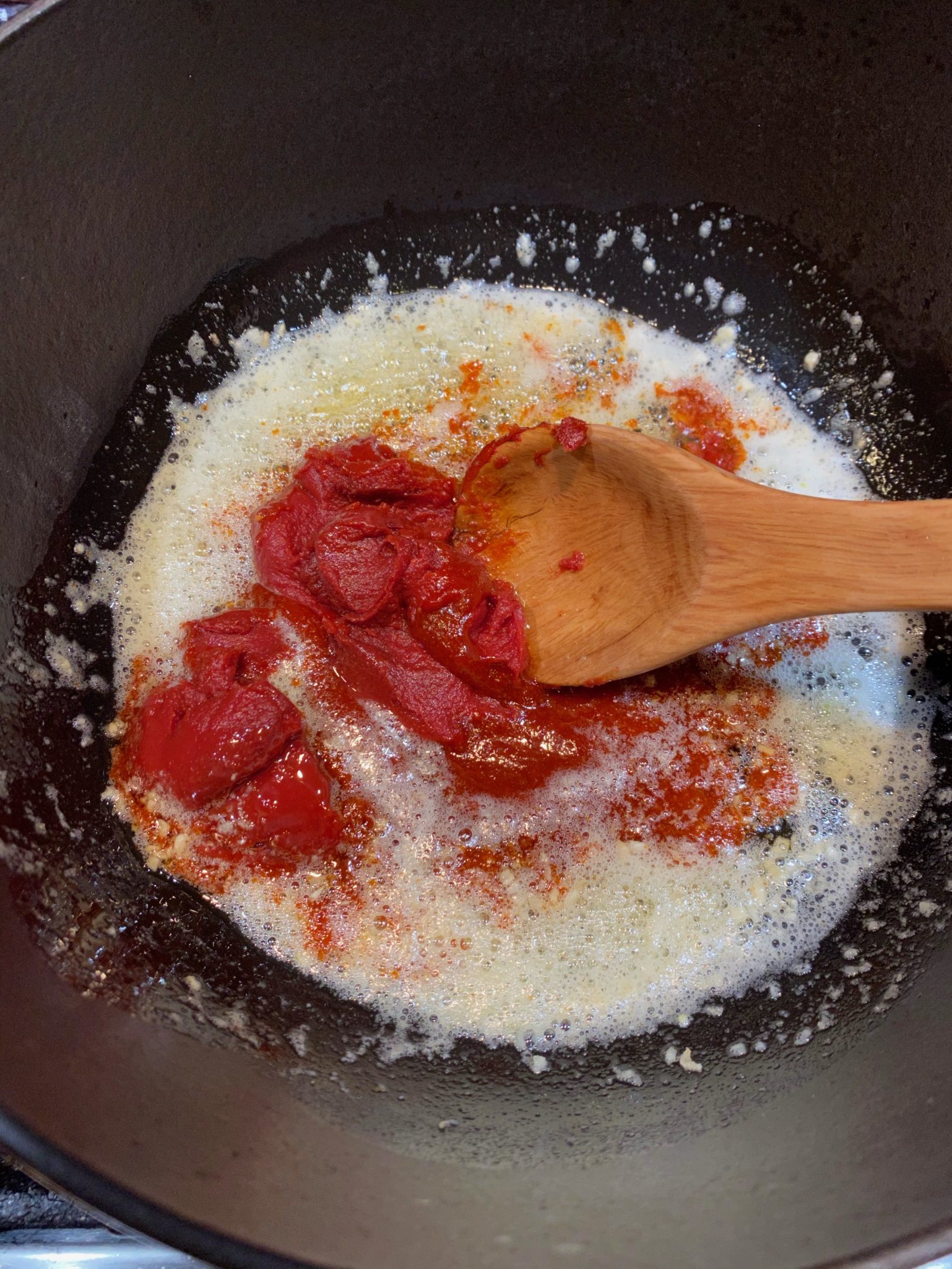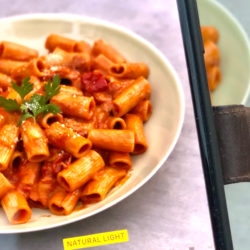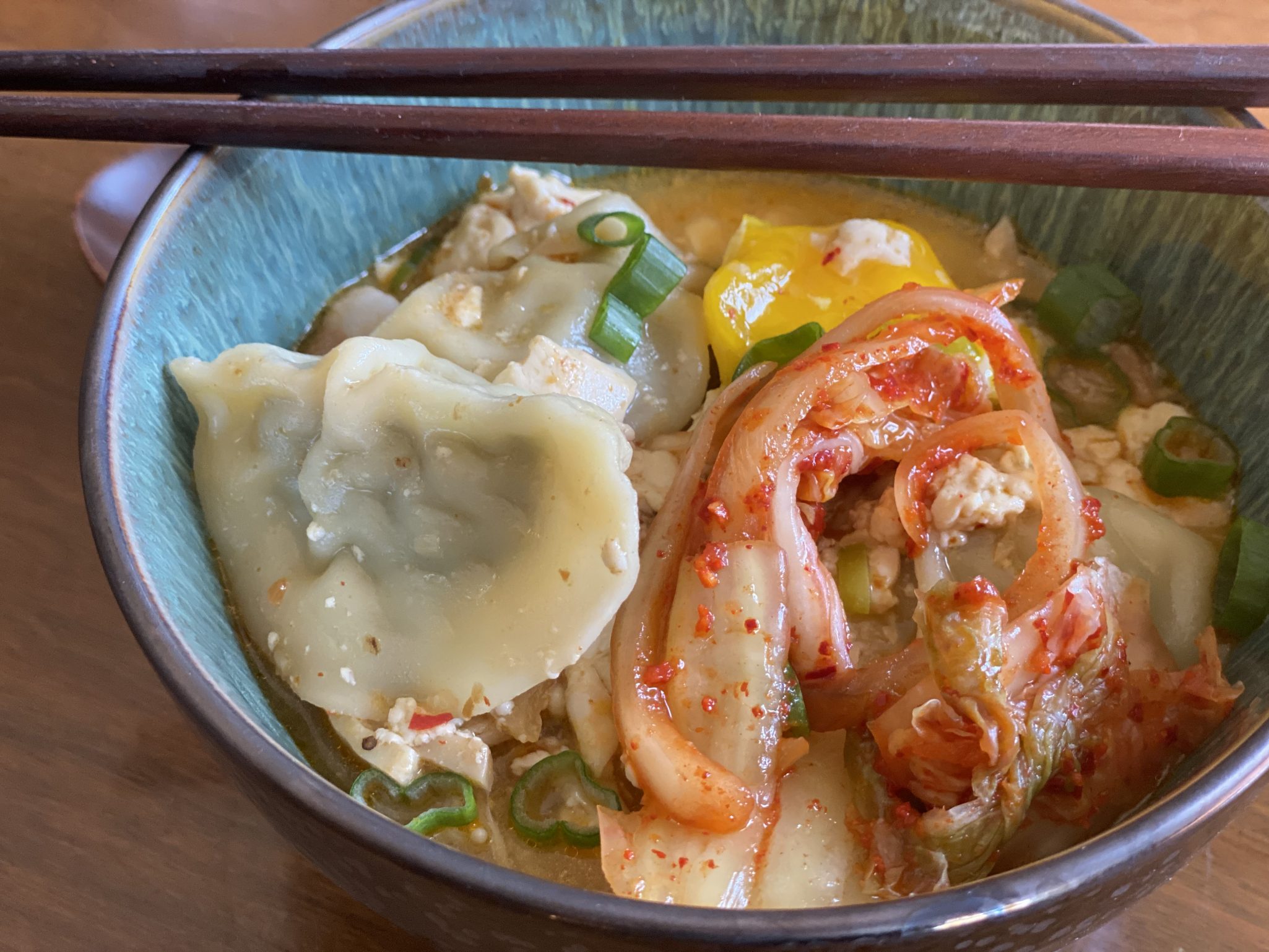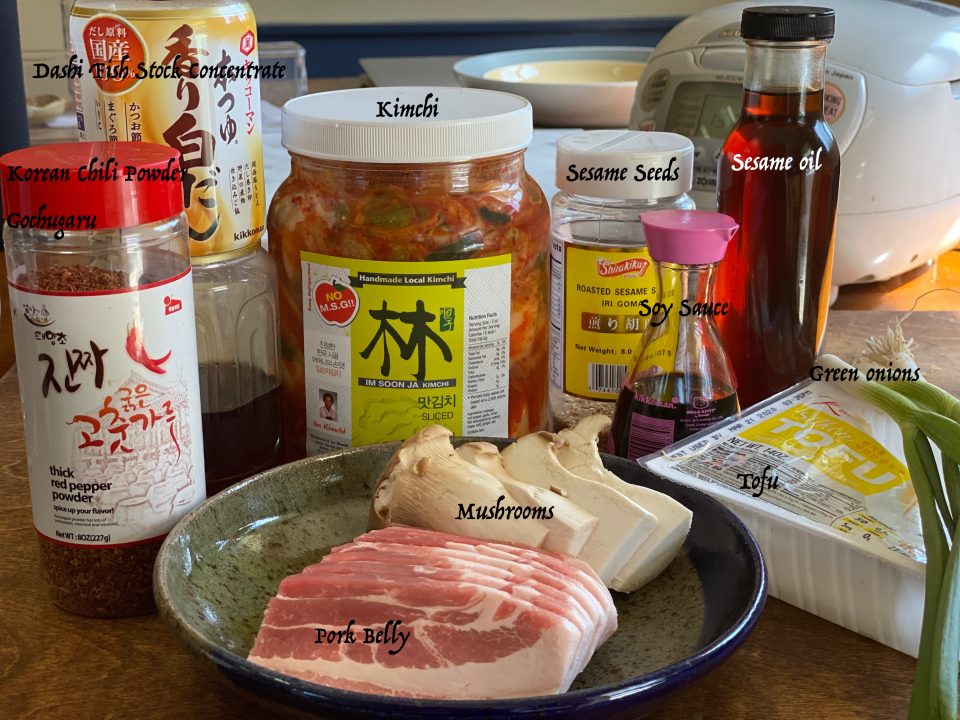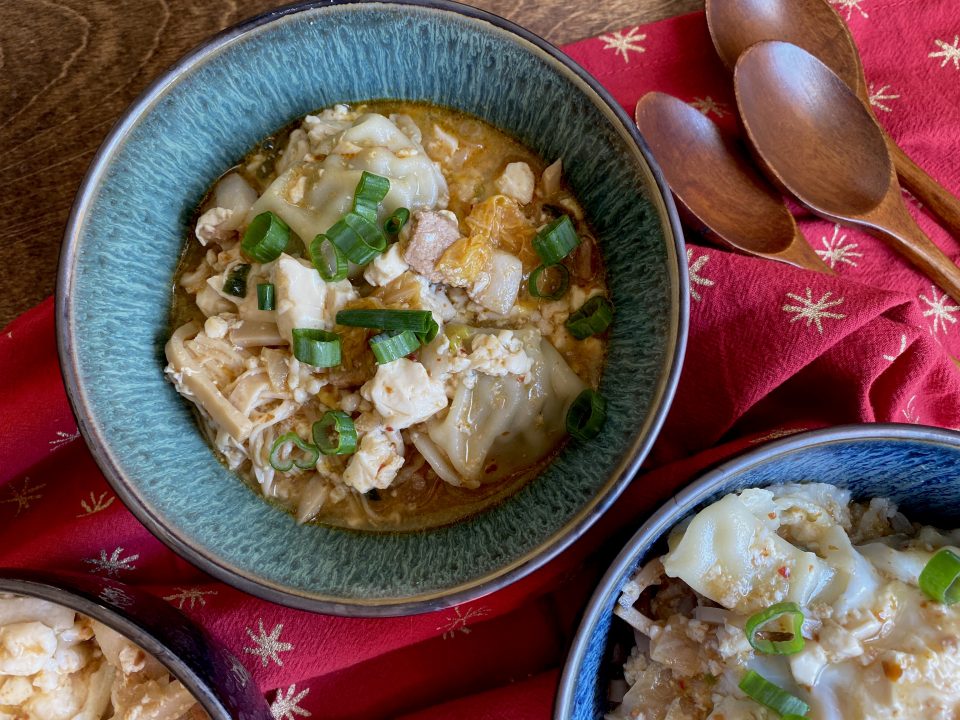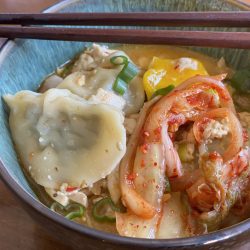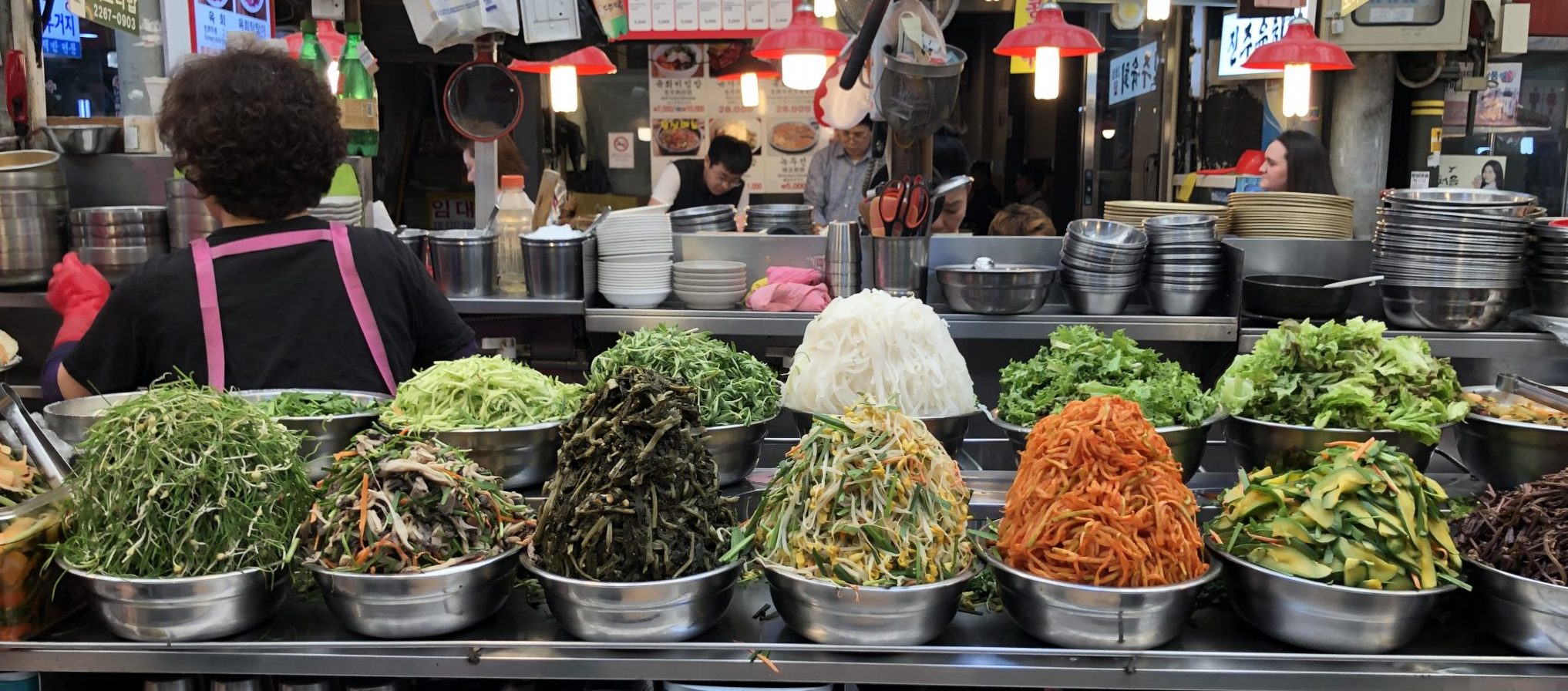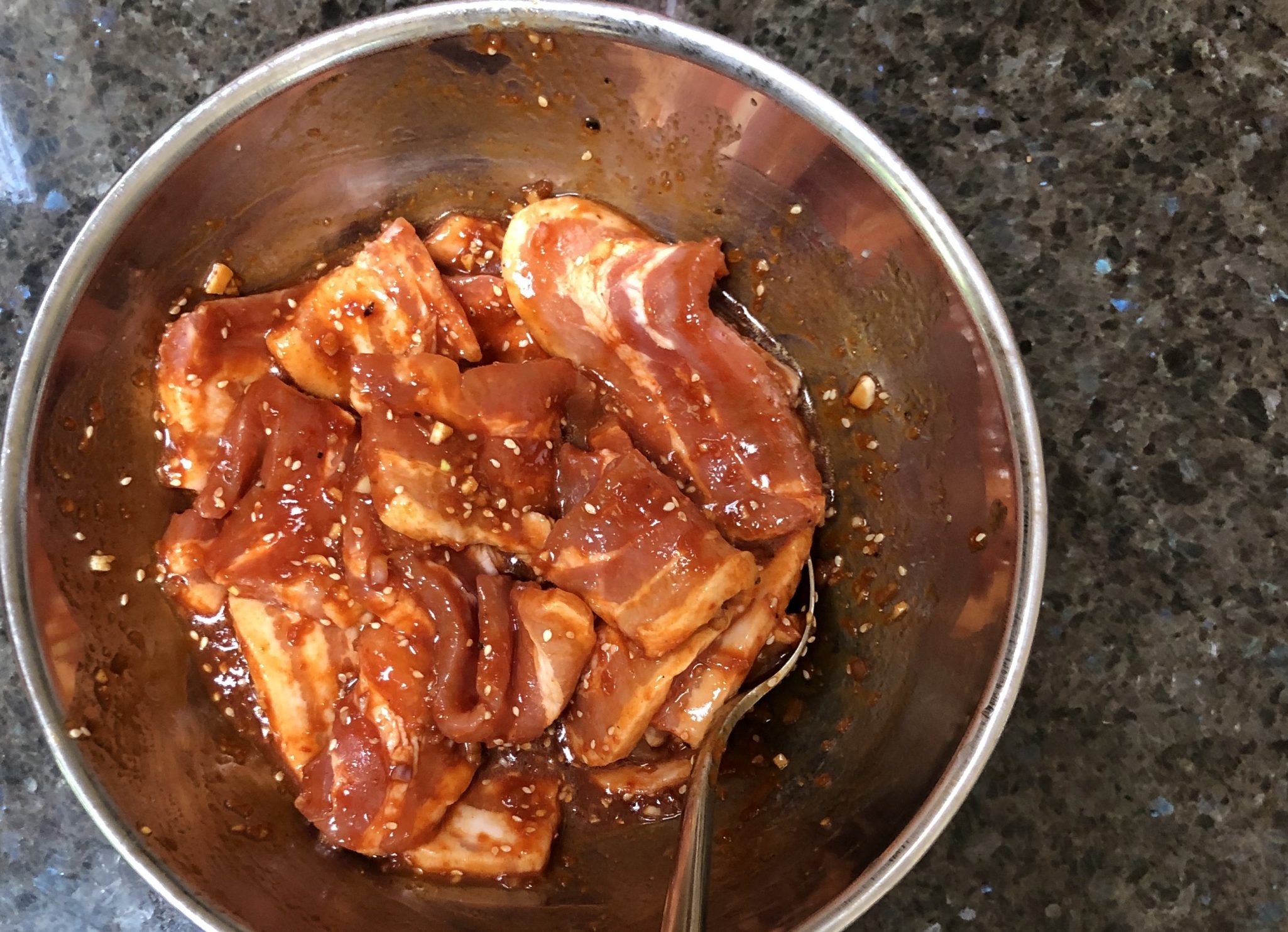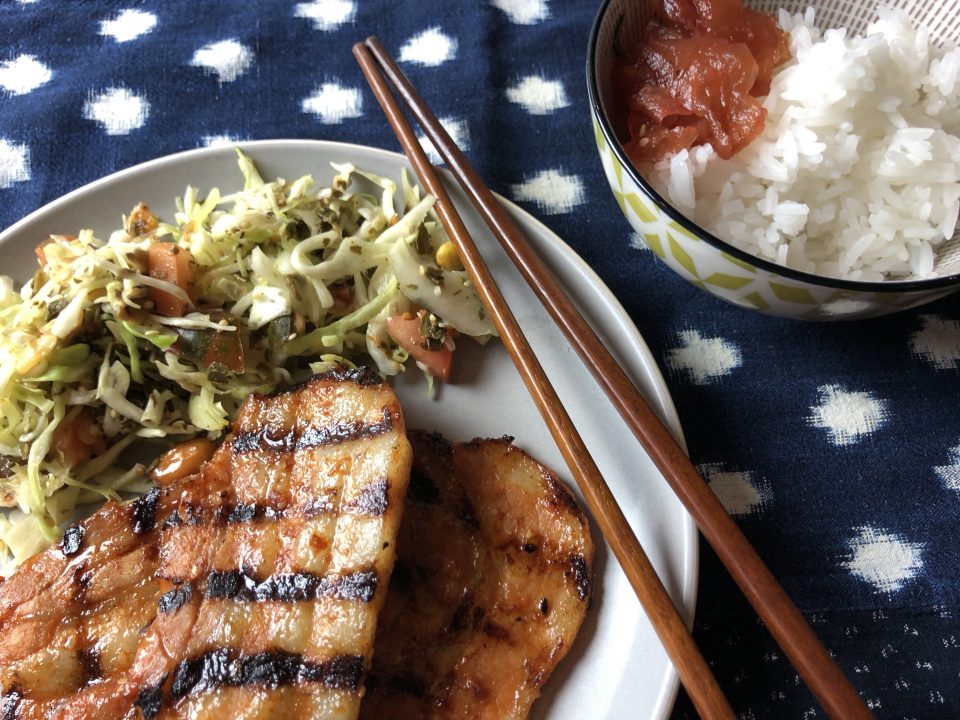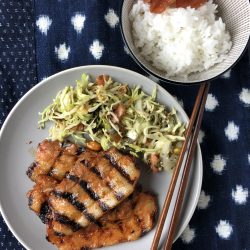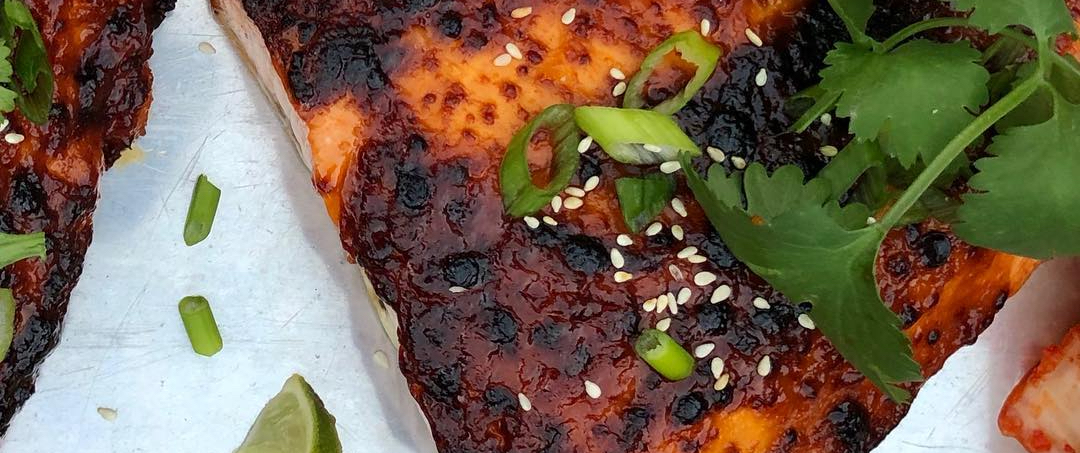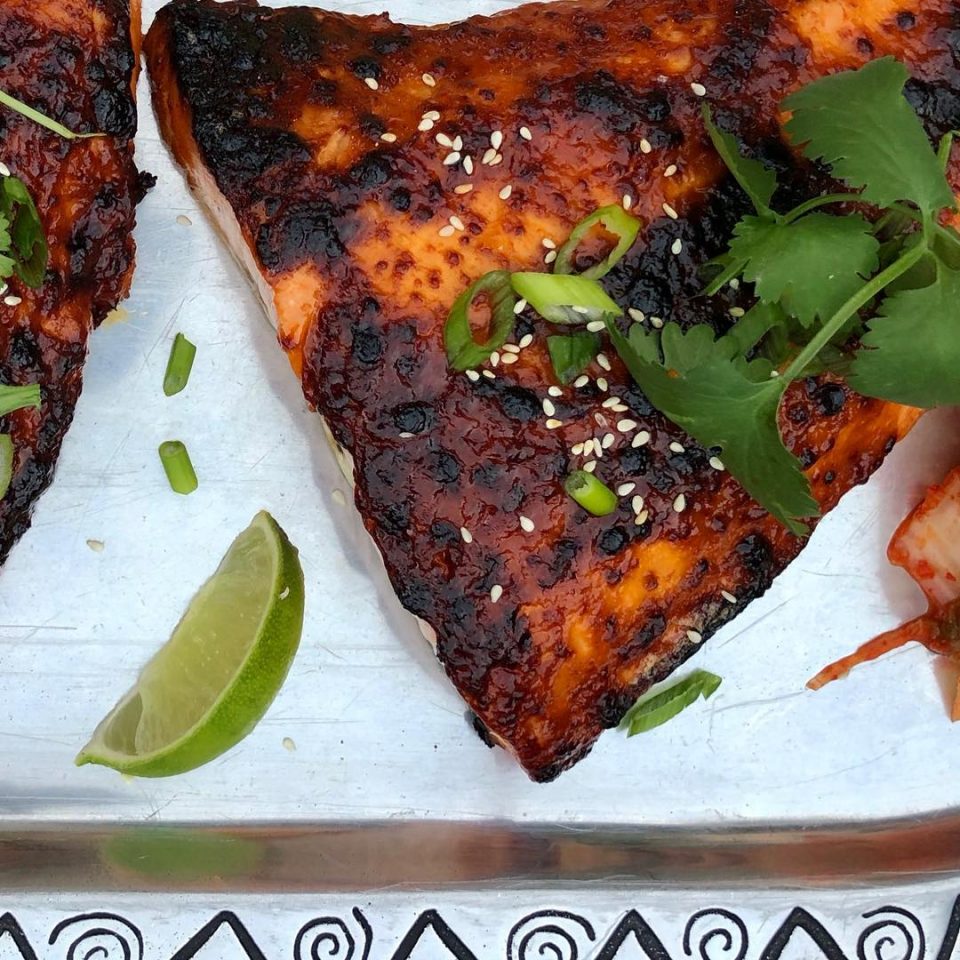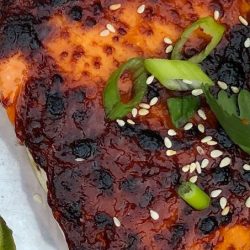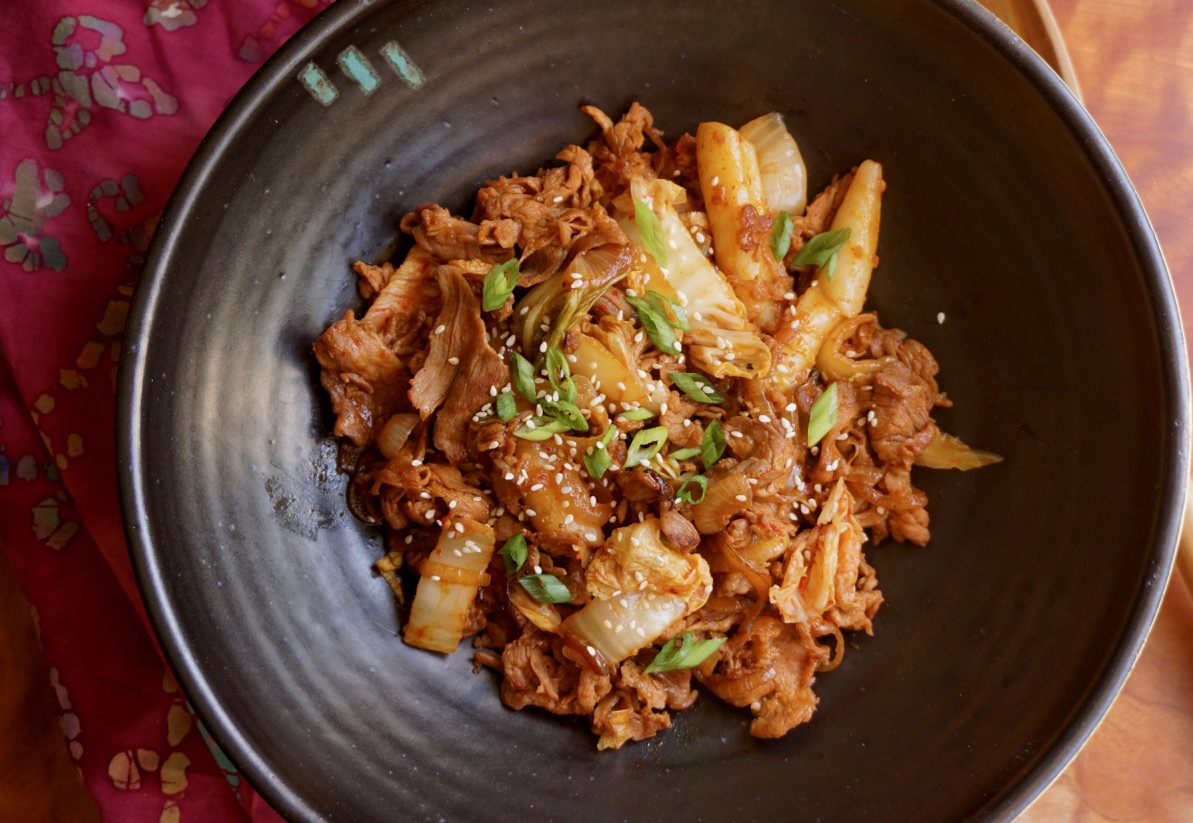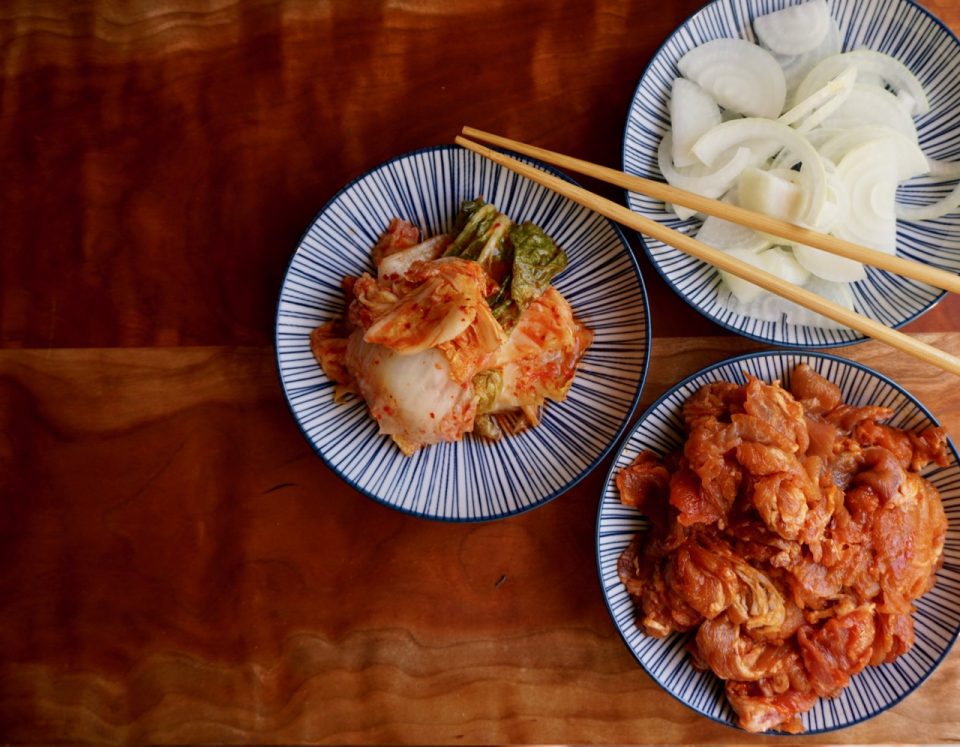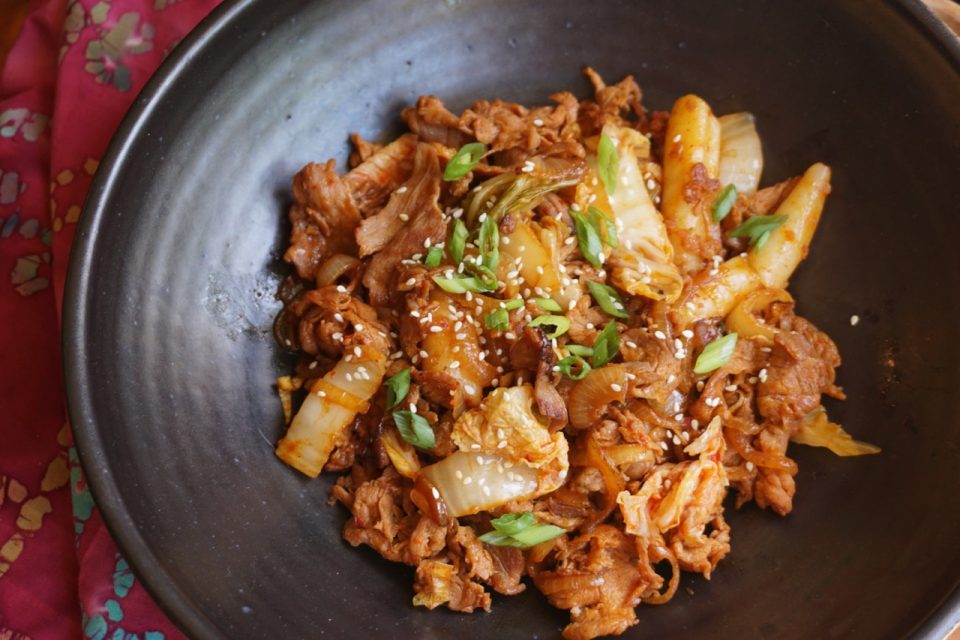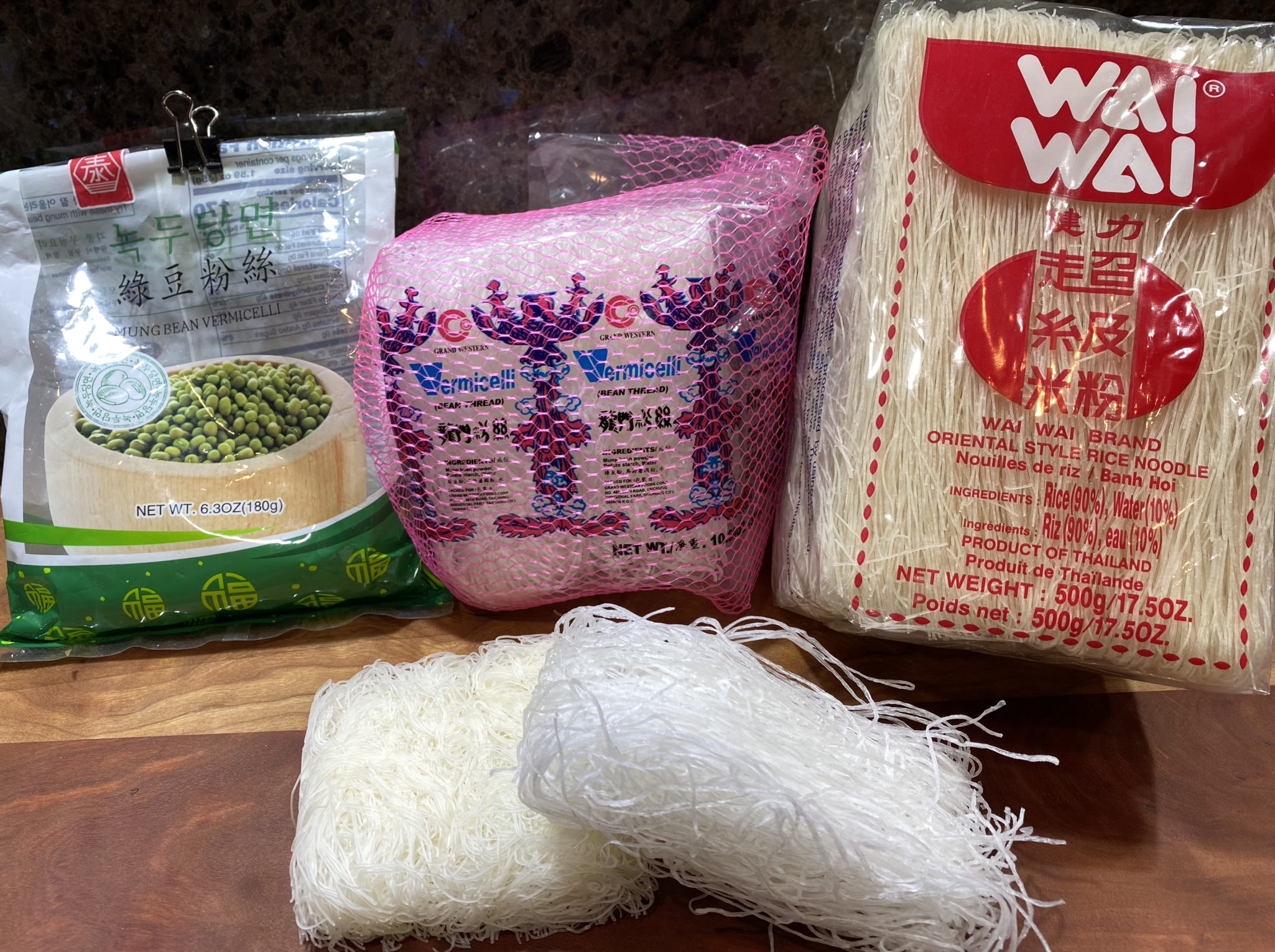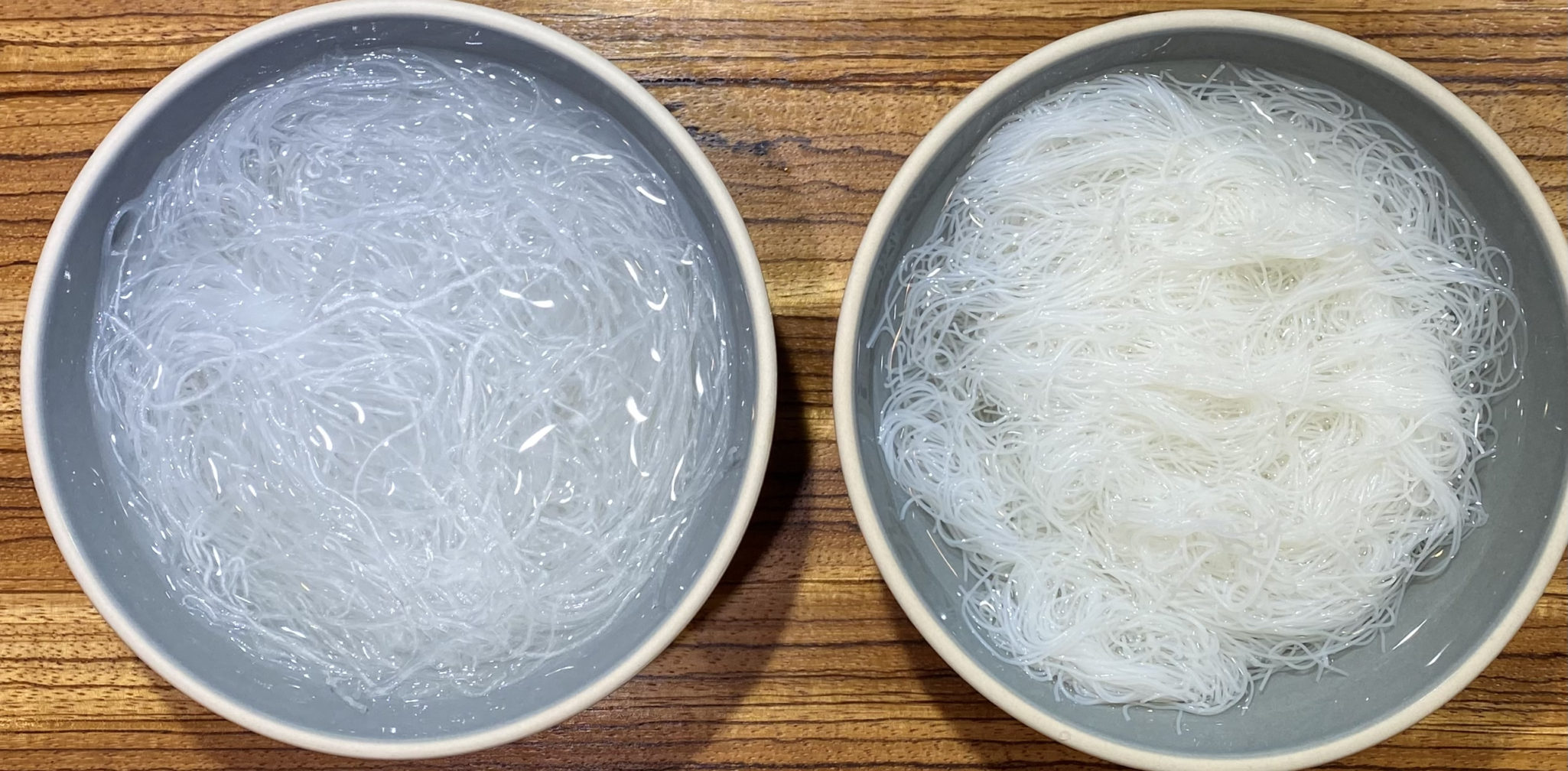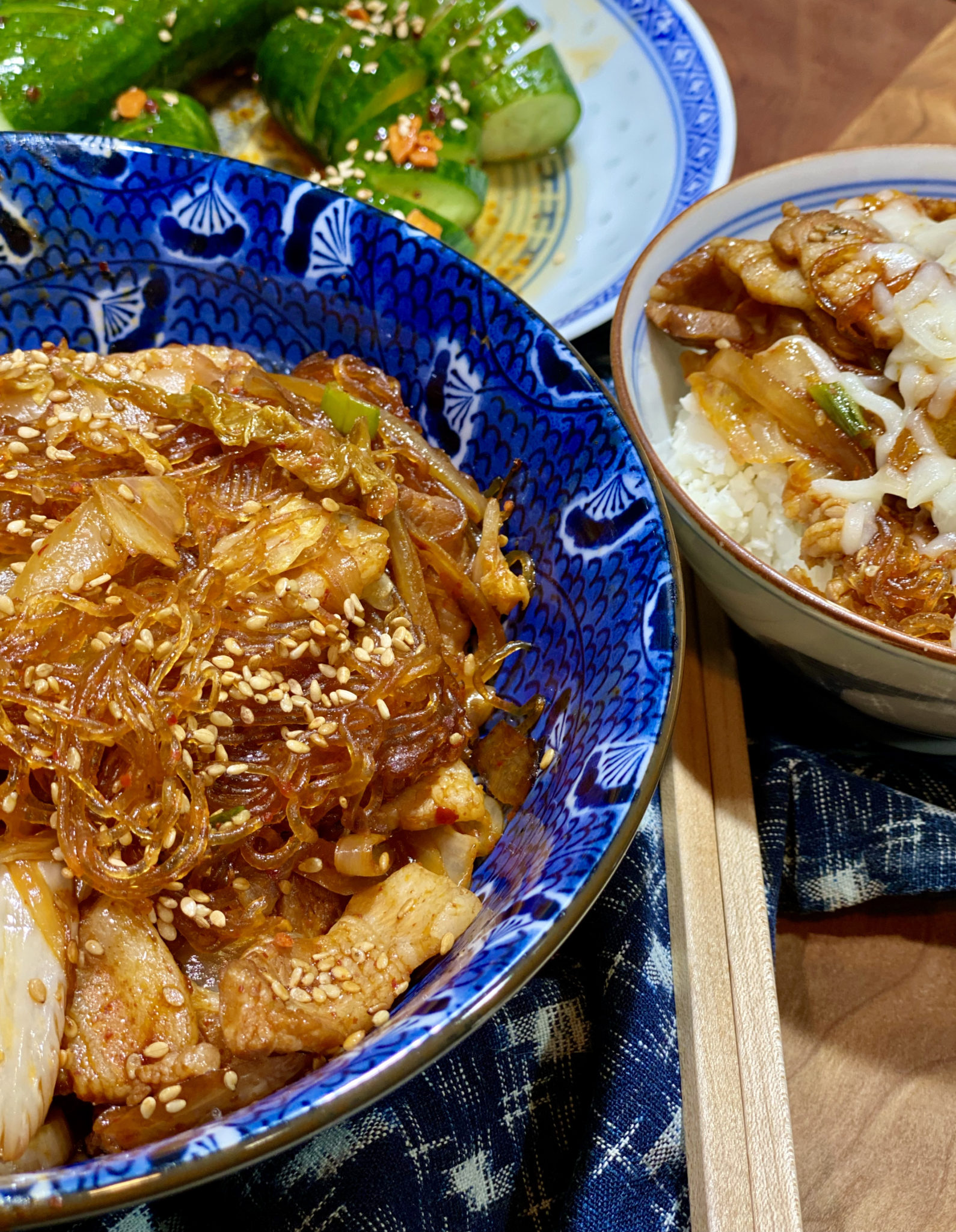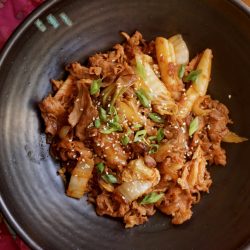
Tomato Gochujang Cream Pasta: The Joy of Cooking and Baking
Gosh, she is going to think I am a stalker! I read an article in the NYT about pastry chefs and how they are coping with the pandemic. The restaurant industry has been hit hard but many have found ways to adapt to the new norm. I am struck by the creativeness and ingenuity, not to mention the pastries-YUM, that have been born during COVID.
One of the pastry chefs featured in the article is Joy Cho. Her resume, boys and girls, is that of a heavyweight-pastry chef at Gramercy Tavern, Ivy League education…and yet she found herself out of a job when the pandemic hit. THIS led to her booming Brooklyn home business of absolutely scrumptious Glazed Sour Cream Gem Cakes. Inspired by a Brownie Bundt Cake pan, these Gem Cakes are all the rage…in Brooklyn. Lucky for us she shared her recipe on Epicurious so those of us who are geographically challenged could try them.
The Gem cupcakes (in my case) were a big hit with the fam and friends so I set my sights on a couple of other recipes she created. Tomato Gochujang Cream Pasta was first on the list followed by Banana Mochi Cake.
The Real Deal
This Tomato Gochujang Cream Pasta fusion is an explosion of flavors, spicy and sweet from the Gochujang, acidity from the tomatoes, saltiness, and umami from Parmesan Cheese-all bound together by butter and cream. It’s delicious. She bakes, she cooks, SuperCho spreading joy everywhere.
Not familiar with Gochujang? Think of it as the Korean counterpart to Miso, the Japanese all-purpose condiment. Made of red chilies, glutinous rice, fermented soybeans, and sweeteners. It’s complex and delicious. You can find it at most Asian markets or online. Look for the spice level icon! It runs the gamut from mild to hair on fire heat level.
Slide the cherry tomatoes into the oven and while they are roasting, start your sauce. Gochujang and tomato paste are browned in a pan, don’t skimp, you want the sauce to deepen in color and really caramelize. It reminds me of cooking Indian food, flavor is coaxed from spices and aromatics by frying them first. Add cream and stock to the Gochujang and tomato paste, reduce it, and then add the Parmesan Cheese.
Finally, add the roasted tomatoes and a bit of honey (really rounds out the sauce nicely so don’t skip it). It’s all about getting the most flavor out of each ingredient and then binding them together. Serve the sauce over rigatoni but feel free to pick any shape hearty enough to stand up to this thick, rich sauce.
This is so good. Put it on your pasta bucket list. NOW
Tomato Gochujang Cream Pasta
Ingredients
Roasted Tomatoes
- 1 pint cherry tomatoes
- 1 ½ tablespoons extra-virgin olive oil for drizzling
- Salt and freshly ground pepper
Sauce
- 3 tablespoons unsalted butter
- 1 clove garlic minced
- ⅓ cup tomato paste
- 2-3 tablespoons gochujang Korean red chile paste, depending on your spice preference
- ¾ cup heavy cream
- ¾ cup chicken broth
- ½ cup freshly grated Parmesan cheese
- 1/2 T Honey or Agave Syrup to taste
Pasta
- 8 ounces dry rigatoni pasta shape of choice, should be able to stand up to a thick sauce
Instructions
- Preheat oven to 400 degrees. Place cherry tomatoes on a foil-lined baking sheet. Drizzle the tomatoes with the oil and season with salt and pepper. Roast the tomatoes for 20 to 25 minutes, until they soften and begin to burst.
- While tomatoes are roasting, prepare sauce. In a large saucepan or Dutch oven, melt butter over medium heat and add minced garlic. Cook for 1 minute, stirring frequently, until fragrant. Add the tomato paste and gochujang to the pot. Increase the heat to medium-high and cook the mixture for 3 to 5 minutes, stirring frequently, until the tomato paste and gochujang caramelize. It will begin to brown and stick to the bottom of the pot in places, so reduce the heat if they begin to burn.
- Add the heavy cream and chicken broth and bring the sauce to a simmer. Continue simmering, stirring frequently, until the sauce begins to thicken and the tomato paste and gochujang are fully dissolved, 3 to 4 minutes. Reduce the heat to medium-low and stir in the Parmesan and several generous cranks of freshly ground black pepper. Season the sauce with salt to taste and a couple drizzles of honey.
- Continue to reduce the sauce until it thickens, about 5 minutes, then gently stir in the roasted tomatoes.
- Cook the pasta according to package instructions. Reserve some pasta water to thin the sauce if it seems a little thick.
- Drain the pasta, then toss it in the warm sauce and serve immediately with a few more cranks of black pepper and Parmesan Cheese. Garnish with a few sprigs of parsley or basil.
